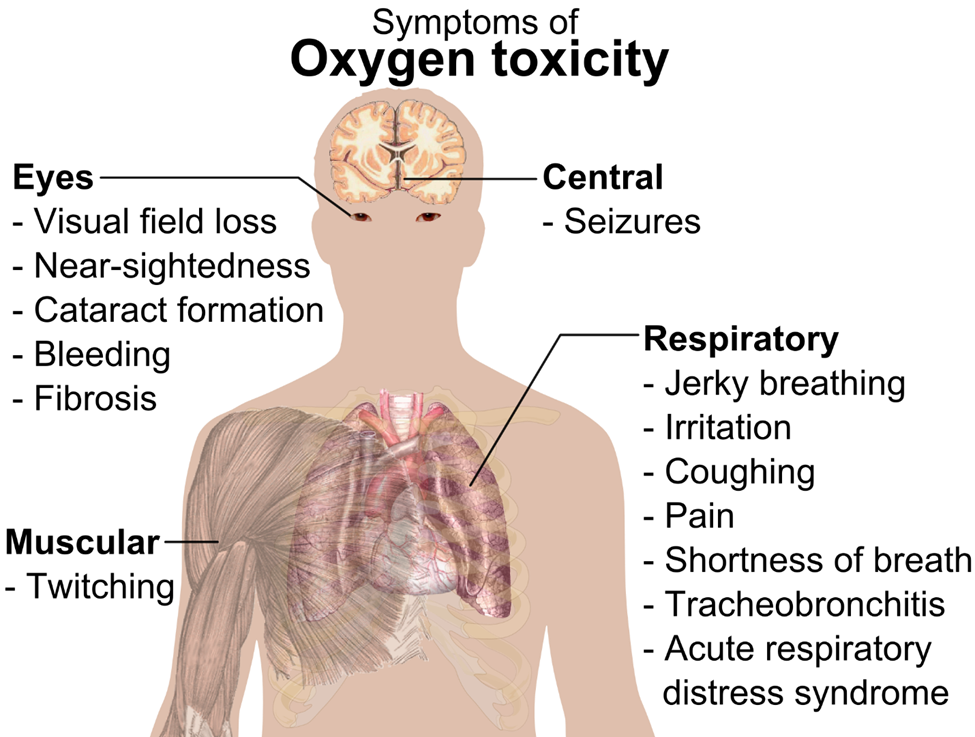A nurse is collecting data from a client who has pulmonary tuberculosis. Which of the following findings should the nurse expect?
Fatigue
High fever in the early morning
Edema
Increased appetite
The Correct Answer is A
A. Fatigue
When collecting data from a client with pulmonary tuberculosis (TB), the nurse should expect to observe fatigue as one of the common manifestations. TB is a bacterial infection caused by Mycobacterium tuberculosis, primarily affecting the lungs. Fatigue is a typical symptom experienced by individuals with TB, often resulting from the body's immune response to the infection, as well as the systemic effects of inflammation and tissue damage caused by the bacteria.
B. High fever in the early morning
While fever is a symptom of tuberculosis, it may not necessarily occur specifically in the early morning. Fever associated with TB can occur at any time of the day and may persist for weeks to months. The pattern of fever can vary among individuals and may not consistently occur in the early morning.
C. Edema
Edema, or swelling due to fluid accumulation in tissues, is not typically associated with pulmonary tuberculosis. Edema is more commonly observed in conditions such as heart failure, renal failure, or liver disease, rather than in TB.
D. Increased appetite
Increased appetite is not a typical finding in pulmonary tuberculosis. In fact, individuals with active TB infection often experience appetite loss and unintended weight loss due to factors such as decreased food intake, metabolic changes, and systemic inflammation associated with the infection.
Nursing Test Bank
Naxlex Comprehensive Predictor Exams
Related Questions
Correct Answer is C
Explanation
A. Muscle twitching
Muscle twitching is not a typical manifestation of oxygen toxicity. Instead, muscle twitching may be indicative of other conditions such as electrolyte imbalances (e.g., hypocalcemia or hypomagnesemia), neuromuscular disorders, or overstimulation of the nervous system.
B. Metallic taste in mouth
A metallic taste in the mouth is not commonly associated with oxygen toxicity. Instead, a metallic taste in the mouth may occur as a side effect of certain medications, dental issues, or as a symptom of other medical conditions such as acid reflux or oral infections.
C. Facial flushing
Facial flushing is a characteristic finding in oxygen toxicity. When exposed to high levels of oxygen over an extended period, individuals may experience facial flushing due to the vasodilatory effects of oxygen on blood vessels. This dilation of blood vessels leads to increased blood flow to the face, resulting in flushing or reddening of the skin.
D. Periorbital edema
Periorbital edema, or swelling around the eyes, is not a typical manifestation of oxygen toxicity. Instead, periorbital edema may occur as a result of various other conditions such as allergies, sinusitis, or fluid retention. It is not directly related to exposure to high levels of oxygen.

Correct Answer is B
Explanation
First, we need to find out how many milligrams (mg) are in 1 milliliter (mL) of the available diphenhydramine solution:
12.5 mg/5 mL
To find out how many milligrams are in 1 mL, we divide the total milligrams by the total milliliters:
12.5 mg ÷ 5 mL = 2.5 mg/mL
Now that we know the concentration of diphenhydramine is 2.5 mg/mL, we can calculate the dose needed for the order of 25 mg:
25 mg ÷ 2.5 mg/mL = 10 mL
Whether you are a student looking to ace your exams or a practicing nurse seeking to enhance your expertise , our nursing education contents will empower you with the confidence and competence to make a difference in the lives of patients and become a respected leader in the healthcare field.
Visit Naxlex, invest in your future and unlock endless possibilities with our unparalleled nursing education contents today
Report Wrong Answer on the Current Question
Do you disagree with the answer? If yes, what is your expected answer? Explain.
Kindly be descriptive with the issue you are facing.
